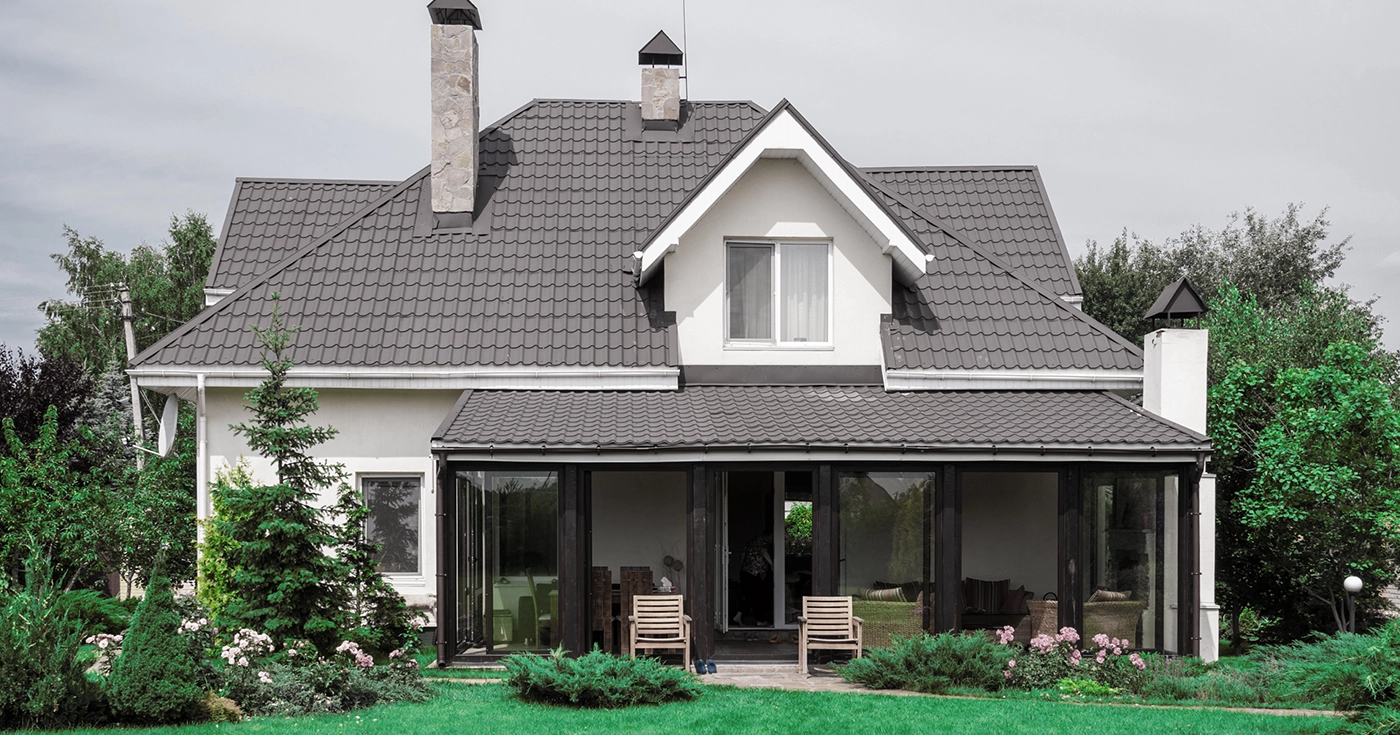
Living, the shelter of real estate investment in 2023
Last Updated on 18 December 2023 by Equipo Urbanitae
At the close of a year marked by a situation of rising interest rates, the effect of inflation, the enactment of the first Housing Law, and a decrease in transactional activity, the real estate market continues to demonstrate its resilience in the face of uncertainty.
Pending the final data, real estate investment in Spain experienced a 6% growth in the third quarter compared to the previous three months, reaching a volume of 2.28 billion euros, according to CBRE. Although the total from January to September decreased by 49% compared to the same period in 2022, it’s important to note that the previous year was a record-breaking one in terms of real estate investment, totaling 14.7 billion euros.
The living sector leads the investment
During this period, the residential sector, encompassing the entire living sector–rental housing or BTR, sales housing, student residences, coliving, and senior living–was the sector with the best performance in terms of investment volume, accounting for 32% of the total transacted in Spain, totaling 2.386 billion euros. This segment continues to consolidate its position as an investment focus and ranks among the assets that have experienced the best evolution this year.
According to JLL, the living sector continues to garner strong investor interest, with a growing weight in real estate investment in Spain, which has tripled in the last four years, rising from 8% in 2018 to 25% in 2022.
Specifically regarding housing, the higher financial cost of mortgages and the tightening of credit access conditions have led to a decrease in demand in the last year. Consequently, 2023 is expected to close just below 600,000 homes sold, representing a decrease in transactions between 8% and 10%. Fotocasa anticipates that ‘the rise in the price of new construction housing will not be a surprise in 2024 considering that the stock is at a minimum.’ However, it indicates that second-hand housing shows ‘signs of moderation.’
The scarcity of new housing sustains the market
On the other hand, major developers point out that the scarcity of new construction housing is sustaining the market despite the increase in interest rates. They also note that there remains a strong interest in new housing, as it offers better features than second-hand options, and families’ savings levels continue to be high. Therefore, they estimate that prices may experience sustained increases, especially in areas with higher demand and lower stock in major cities like Madrid or Barcelona.
According to Colliers, Madrid leads the demand for new construction housing (16.6%), followed by Alicante (8.6%) and Barcelona (8.4%); while Valencia (6.7%) and Malaga (5.4%) rank fourth and fifth, respectively. In the second-hand market, Madrid also records the highest number of transactions (11.6%), along with Barcelona (9.6%), Alicante (8.5%), Valencia (6.3%), and Málaga (5.7%).
The second residence, a great attraction for international investors Meanwhile, the second residence continues to attract international investors, increasingly diversified, as Spain is seen as a safe place for investment. Alicante is the quintessential city for foreign buyers, representing 23.3% of home purchases in the province, followed by Malaga, with an 11.3% share, Barcelona (7.2%), Valencia (7%), and Madrid (6.1%). The latter is also positioned as one of the most interesting European enclaves for foreign capital in the coming months, according to the annual report Emerging Real Estate Trends in Europe by PwC and the Urban Land Institute (ULI).
Therefore, the data highlights that ‘living’ is the refuge for real estate investment in a year marked by interest rate hikes and the return to normalcy in real estate after two record-breaking years.

